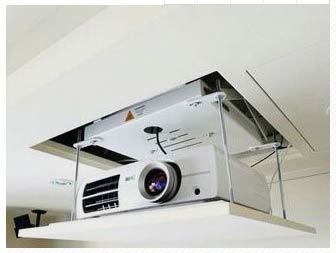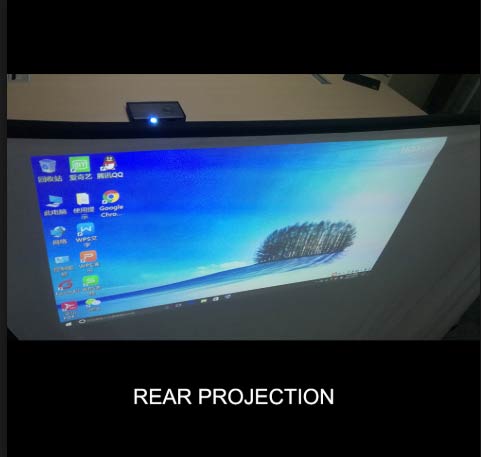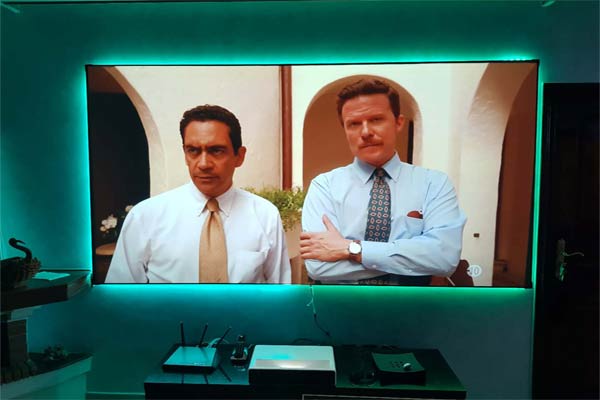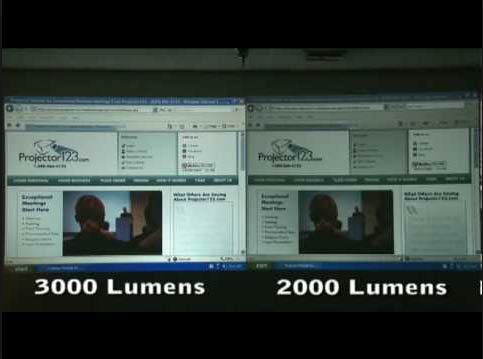Hey guys, This is Billy from Azure Image, CE, RoHS approved manufacturer of projector and projection screens. Today I wanna show you guys how to choose the right projector for your home cinema.
Compared with high-end TV products, the projector has a large picture, good brightness, no radiation, compatibility with a variety of video signals, unlimited playback size, and light weight. It can connect to cable TV or regular TV, directly receive up to 100 sets of TV programs, and can also receive video signals from DVD, VCD, LD and other devices and computer digital signals. When the projector and sound are combined into a multimedia home theater, the video effect can be compared with a real theater.
Currently, the projectors on the market use the same video interface as the display, and do not need to install a driver. It is very convenient to use and can be directly connected to the video interface of the computer.

First, the way the projector is used.
Before purchasing a projector, first familiarize yourself with the way the projector is used. The projector is divided into a front projection and rear projection.

Front projection means that the projector is on the same side as the viewer; rear projection means that the projector and the viewer are at the two ends of the screen respectively. In this case, the rear projection screen is needed. If the space is small, the method of refraction of the rear mirror can be selected. . If you need to use it for fixed installation, you can choose the ceiling method, but you must pay attention to dust and heat.
2. Output resolution.
The output resolution refers to the resolution of the projector to cast images, which can be divided into physical resolution and compression resolution. The physical resolution determines the clarity of the image, and the compression resolution determines the scope of the projector.
The higher the physical resolution, the larger the range of resolutions that can be received, and the wider the range of adaptation of the projector. At present, the most widely used on the market are SVGA (resolution of 800 pixels x 600 pixels) and XGA (resolution of 1024 pixels x 768 pixels), of which XGA products are about twice as expensive as SVGA.

3.brightness.
Brightness is an important performance parameter of the projector. It is expressed in units of lm (lumen). The brightness performance of the projector is greatly affected by the environment, and the larger the screen size, the darker the brightness. At present, the brightness of LCD projectors on the market is above 1000lm, and the brightness of mainstream products is around 2000lm.

4.contrast.
Reflecting the ratio of the brightest and darkest areas of the projected image of the projector, its effect on the visual effect is second only to the brightness parameter. In general, the greater the contrast, the sharper the image and the brighter the color.
5.bulb type and life.
The projector’s bulb is a consumable. It can be used normally for more than three years. The bulbs are mainly metal halide bulbs, UHE bulbs and UHP high-energy lamps.
Metal halogen bulbs are cheap but have a short half-life. Generally, the brightness will be reduced to about half of the original 2000 hours.
UHE bulbs are moderately priced and have low calorific value. They are almost non-attenuating when used with 2000n brightness. They are the ideal light source widely used in mid-range projectors.
UHP high-energy lamps have less heat and have a long service life. Generally, they can be used normally for more than 4000 hours, and the brightness attenuation is small, but the price is expensive, and is generally applied to high-end projectors.
Following is two videos, one is a home cinema motorized screen paired with long throw projector, the other is PET crystal projector screen paired with UST projector.
Feel free to leave comments below.


